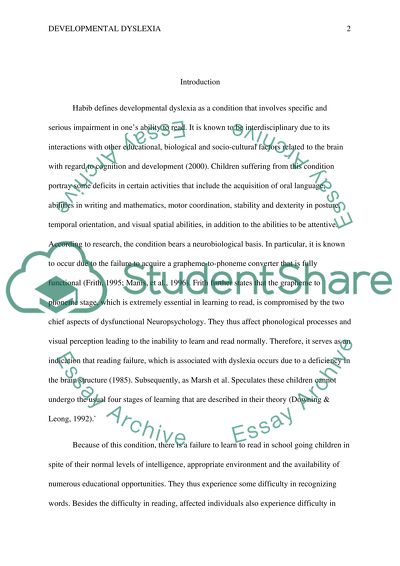Cite this document
(“Is developmental dyslexia the result of deviance or delay Essay”, n.d.)
Is developmental dyslexia the result of deviance or delay Essay. Retrieved from https://studentshare.org/psychology/1474188-is-developmental-dyslexia-the-result-of-deviance
Is developmental dyslexia the result of deviance or delay Essay. Retrieved from https://studentshare.org/psychology/1474188-is-developmental-dyslexia-the-result-of-deviance
(Is Developmental Dyslexia the Result of Deviance or Delay Essay)
Is Developmental Dyslexia the Result of Deviance or Delay Essay. https://studentshare.org/psychology/1474188-is-developmental-dyslexia-the-result-of-deviance.
Is Developmental Dyslexia the Result of Deviance or Delay Essay. https://studentshare.org/psychology/1474188-is-developmental-dyslexia-the-result-of-deviance.
“Is Developmental Dyslexia the Result of Deviance or Delay Essay”, n.d. https://studentshare.org/psychology/1474188-is-developmental-dyslexia-the-result-of-deviance.


